Creating a high-converting PPC landing page takes more than good design. It starts with a clear message that matches your ad. When someone clicks, they expect the landing page to reflect the promise of that ad – fast. If it doesn’t, they leave. But if the message fits and the page loads quickly, you’re already ahead of the game.
Landing pages that support paid search campaigns need to be specific, fast, and easy to use. A one-size-fits-all approach won’t work. Each ad group should lead to its own dedicated landing page. This increases relevance and Quality Score – and can boost conversion rates by up to 25%.
In this article, you’ll learn 6 PPC landing page best practices that can help you increase conversions and get more value from every click. We’ll also show you examples of real pages that follow these PPC rules and deliver results.

1. Match Message With Ad Copy – Car Store Example
Matching a landing page message with ad copy is a practice that directly affects Quality Score, a key metric in PPC platforms like Google Ads. A higher Quality Score can lead to lower costs per click and better ad positions. When your landing page closely matches your ad, it also reduces bounce rates, as visitors find exactly what they expect. This improves your conversion rates and the overall return on ad spend (ROAS).
Let’s say you’re running a PPC campaign for an exclusive car dealership targeting people interested in high-end vehicles. Your ad headline could be: “Drive Your Dream Car Today – Explore Our Exclusive Deals,” while your landing page headline might say: “Find Your Perfect Ride and Drive Away with Unbeatable Offers on Our Exclusive Car Collection.” The rest of the landing page content should closely follow the promise and themes presented in your ad.
Take a look at a real-life example of a PPC ad copy and a matching landing page copy:

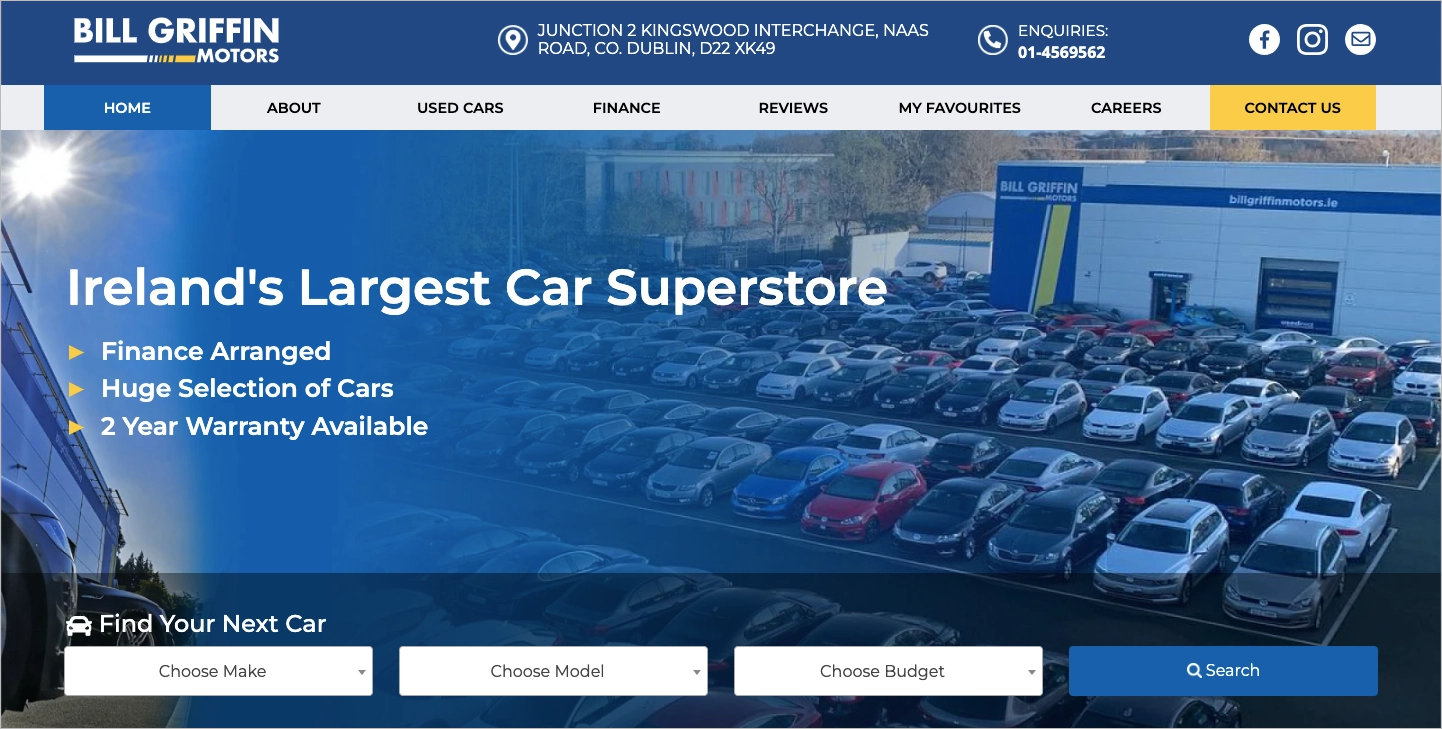
Use AI landing page features! Generate ad-relevant and engaging content for your PPC pages.
2. Use Dedicated Landing Pages For Each Ad Group – Insurance Example
By creating specific landing pages for different ad groups or keywords, you can present highly relevant content to each visitor. This relevance not only improves conversion rates but also positively impacts Quality Score. It allows for more targeted messaging, aimed precisely at your target audience, which can lead to higher engagement and better performance metrics like time on page and conversion rate. All of this can improve your ad rank and reduce costs in PPC auctions.
Imagine running PPC campaigns for an insurance company and creating separate landing pages for different ad groups:
- “Health Insurance for Young Adults”
- “Comprehensive Car Insurance”
- “Home Insurance Solutions”
Each page should have content tailored to these specific search intents, optimizing both their copy and landing page design to specifically match the users’ needs and search queries.
Craft a dedicated landing page for your PPC campaign and drive higher ROI!
Take a look at a real-life example of a display PPC ad and landing pages tailored for different groups:
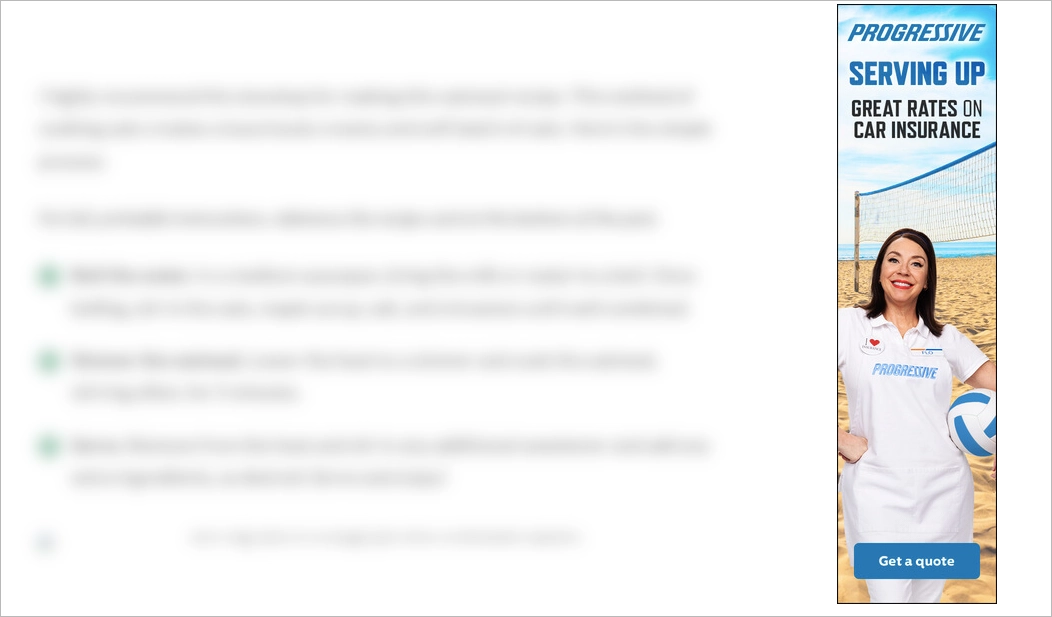
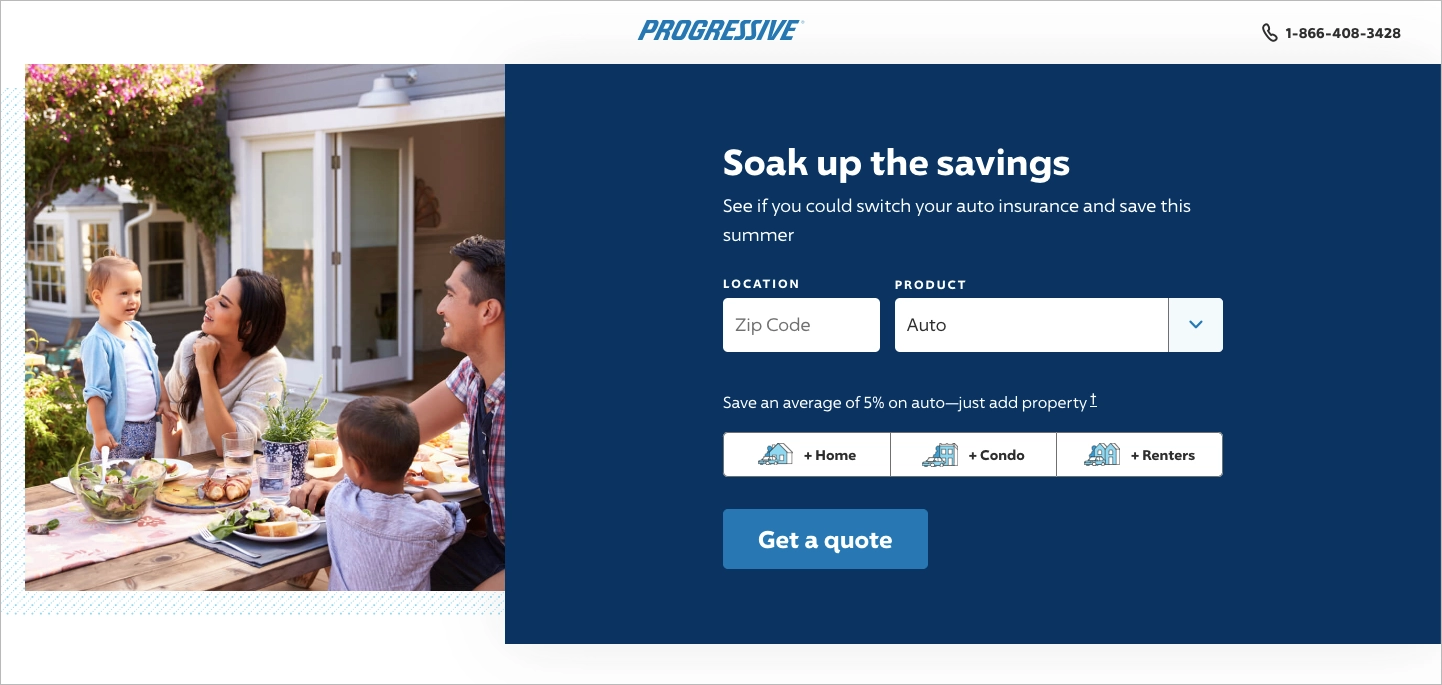
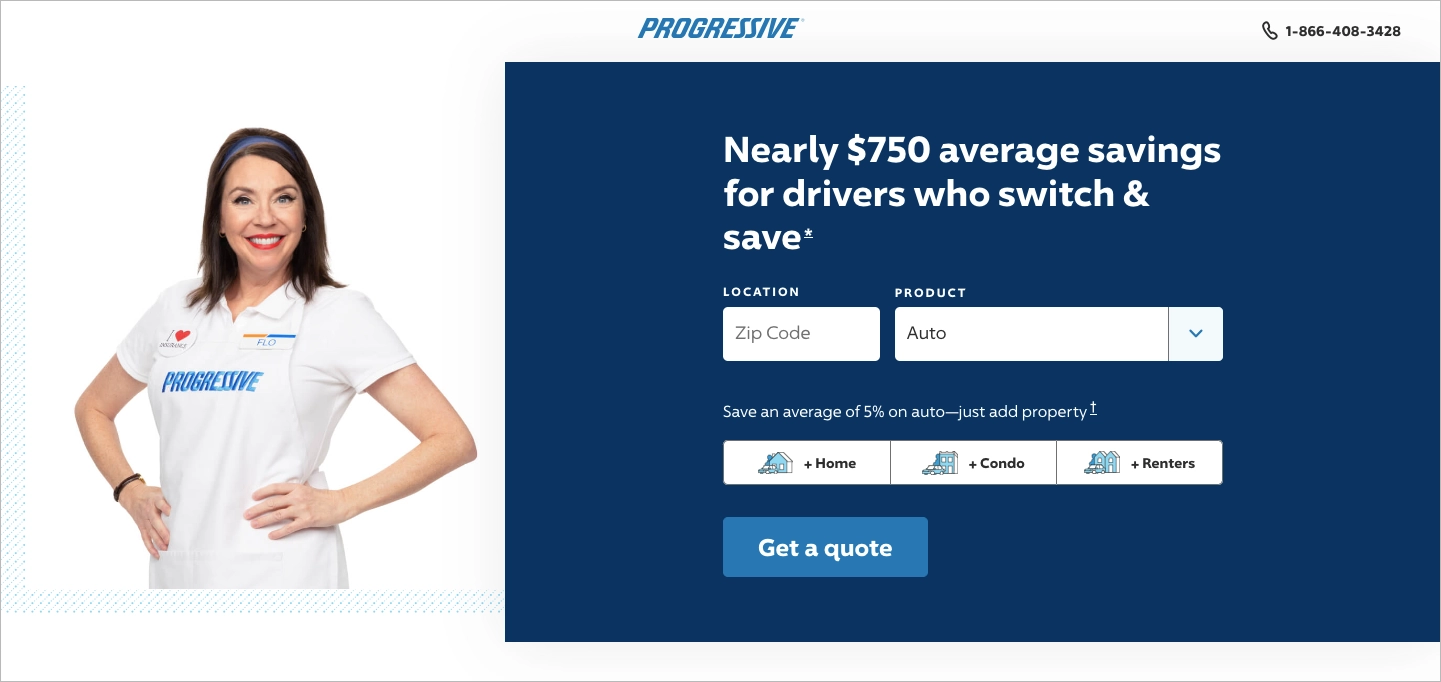
3. Ensure Fast Loading Speed – Rhinoplasty Consultation Example
Page speed significantly affects landing page performance, serving as a crucial ranking factor for both organic search and PPC. In the context of PPC, a fast-loading page contributes to a better Quality Score. Moreover, it directly impacts user experience. Even a one-second delay can significantly increase bounce rates, especially on mobile devices. High bounce rates mean wasted ad spend and lower conversion rates, negatively impacting your campaign’s effectiveness and ROI.
To get the best possible loading speed, optimize images, minify CSS and JavaScript, and use browser caching to ensure the page loads in under 3 seconds.
Enhance user experience easily with Landingi.
Start optimizing your PPC landing page now!
Take a look at a real-life example of a search PPC ad, a fast-loading PPC landing page, and its performance results:


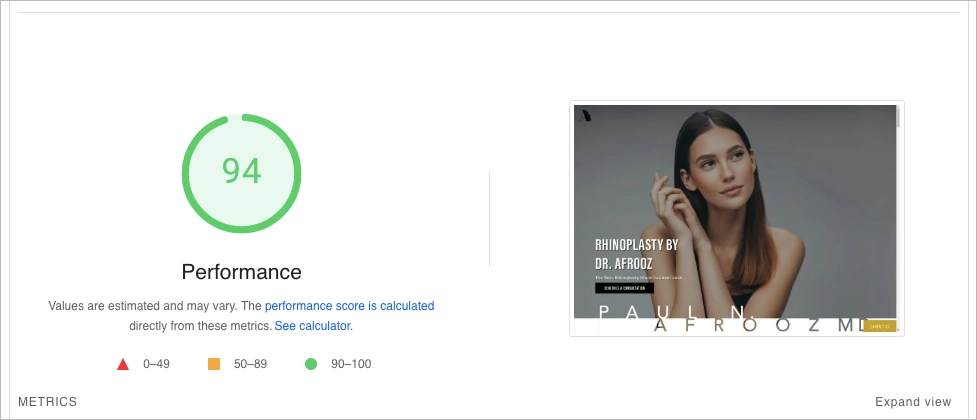
4. Optimize For Mobile Users – Coffee Shop Example
Mobile optimization is more important than ever, especially with Google’s shift to mobile-first indexing and the noticeable increase in mobile PPC traffic. To ensure success in your PPC campaigns, it’s essential to have a mobile-optimized landing page. This not only affects your Quality Score and ad rank but also directly influences your cost per click (CPC). A poor mobile experience can lead to high bounce rates and low conversion rates, effectively throwing away your PPC budget. Conversely, a well-optimized mobile landing page can improve engagement metrics and conversion rates, leading to better PPC performance. A user-friendly layout improves user experience significantly, contributing to the effectiveness of your page.
For your PPC landing page, ensure it has a responsive design that adapts to mobile users. The call-to-action (CTA) button should be prominent and easy to tap on mobile screens.
Use Landingi to create mobile-friendly PPC landing pages and convert mobile traffic effectively!
Take a look at a real-life example of a search PPC ad and a mobile-optimized PPC landing page:

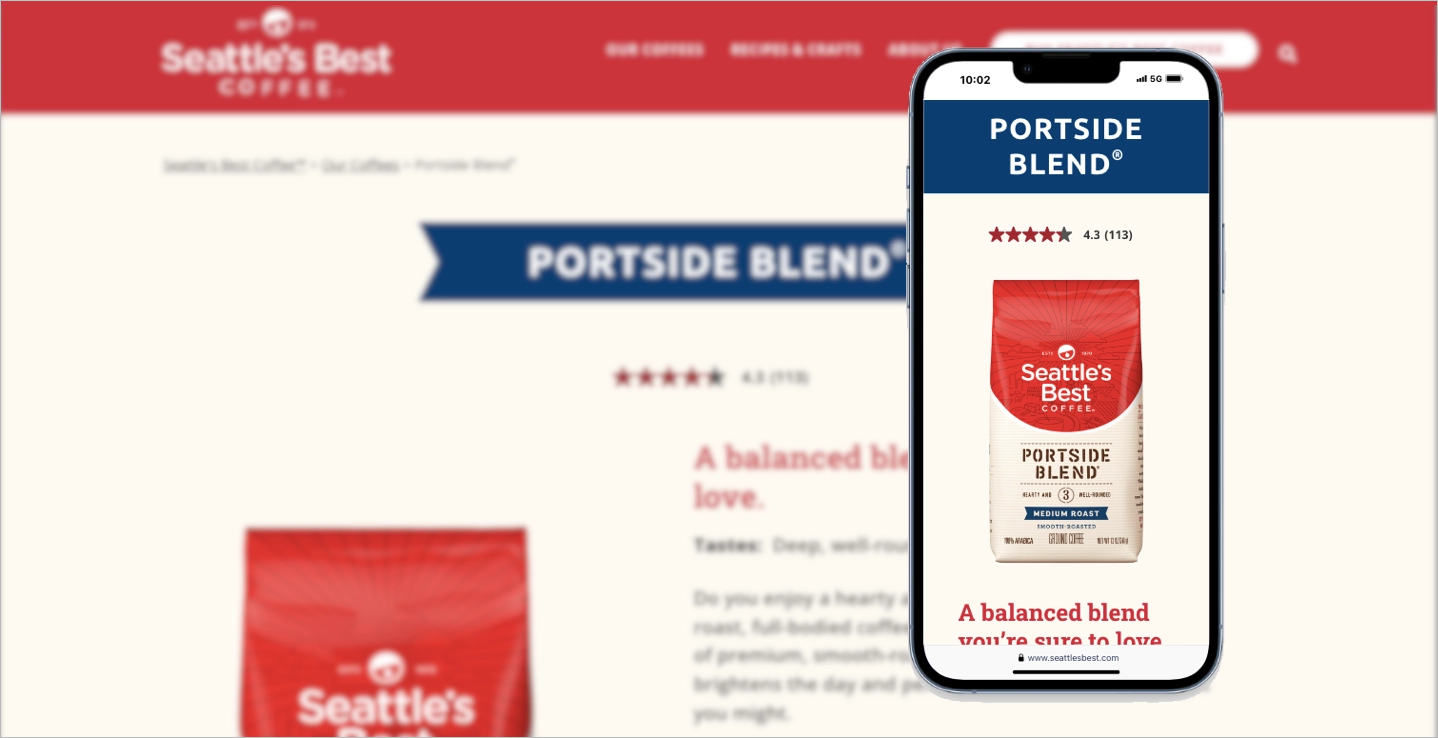
5. Display Clear Value Proposition Above The Fold – Translation Company Example
Another PPC landing page best practice is displaying a clear value proposition above the fold. You’re often paying for each click in PPC, so capturing attention is crucial. A clear, above-the-fold value proposition helps reduce bounce rates by immediately showing visitors why they should stay and convert. This improves your overall conversion rate and ROAS. It also contributes to relevance in the eyes of PPC algorithms, potentially improving your Quality Score. Moreover, a PPC landing page should have clear call-to-actions, guiding visitors straightforwardly towards taking the next step.
For instance, on your landing page, you should make sure to include the following above the fold:
- Headline, e.g., “Unlock Global Markets with Expert Translation Services”
- Subheadline, e.g., Join 5,000+ satisfied clients who’ve expanded their global reach”
- Brief bullet points of key benefits
- CTA button, e.g., “Get a Free Quote”
Take a look at a real-life example of a LinkedIn PPC ad and a landing page that includes the value proposition above the fold:

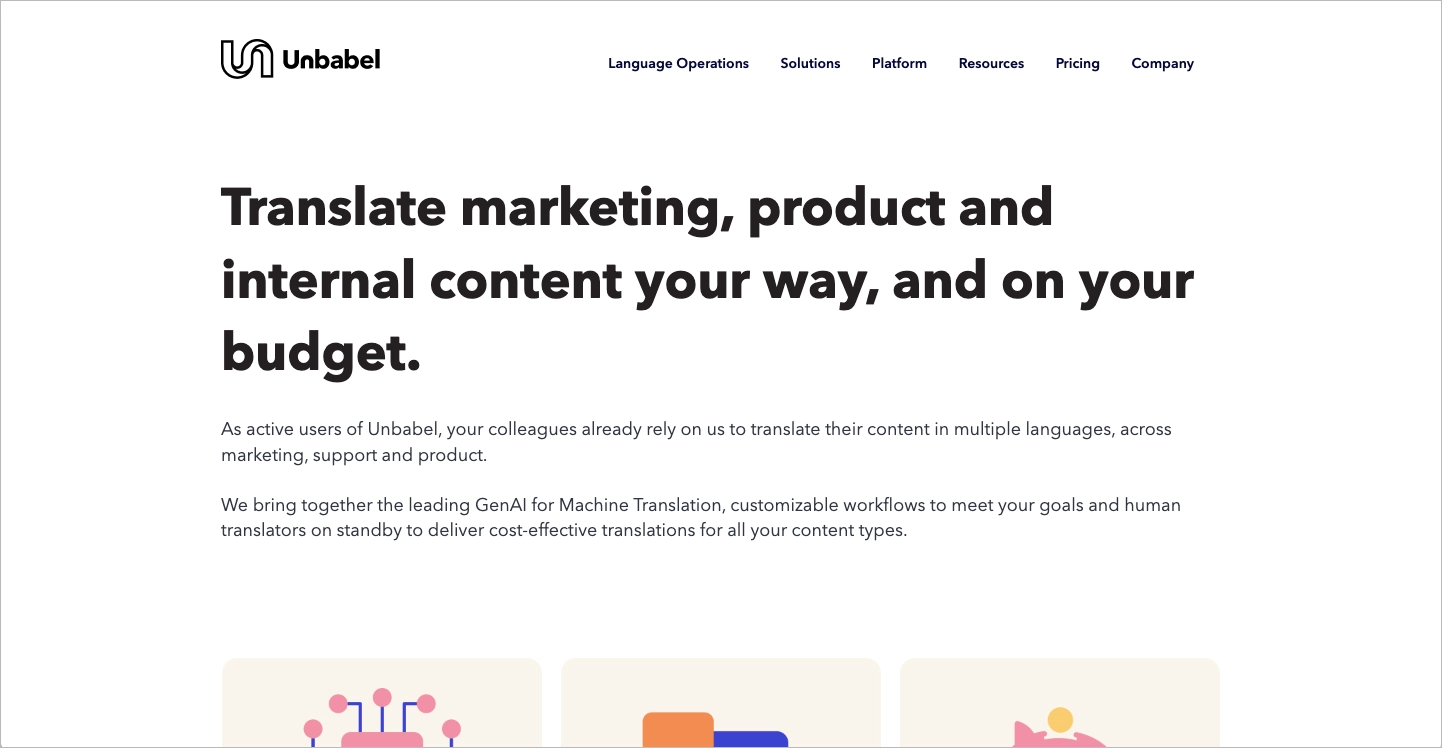
Start creating effective PPC pages and optimize them with Landingi for higher conversion!
6. Implement Conversion Tracking – HR Platform Example
Proper conversion tracking is the foundation of any successful PPC campaign. It allows you to accurately measure your ROAS and make data-driven decisions about bid adjustments, ad copy tweaks, and landing page optimizations. Without accurate tracking, you might be optimizing your campaigns based on flawed data, leading to poor decisions and wasted ad spend. Correct setup also enables you to use advanced PPC features like automated bidding strategies, which can significantly improve campaign performance.
To implement this PPC landing page best practice, set up tracking for multiple conversion points, such as sign-ups (primary conversion), free trial registrations, and email newsletter subscriptions.
Take a look at a real-life example of a search ad and a PPC landing page that tracks conversions using GTM and VWO:

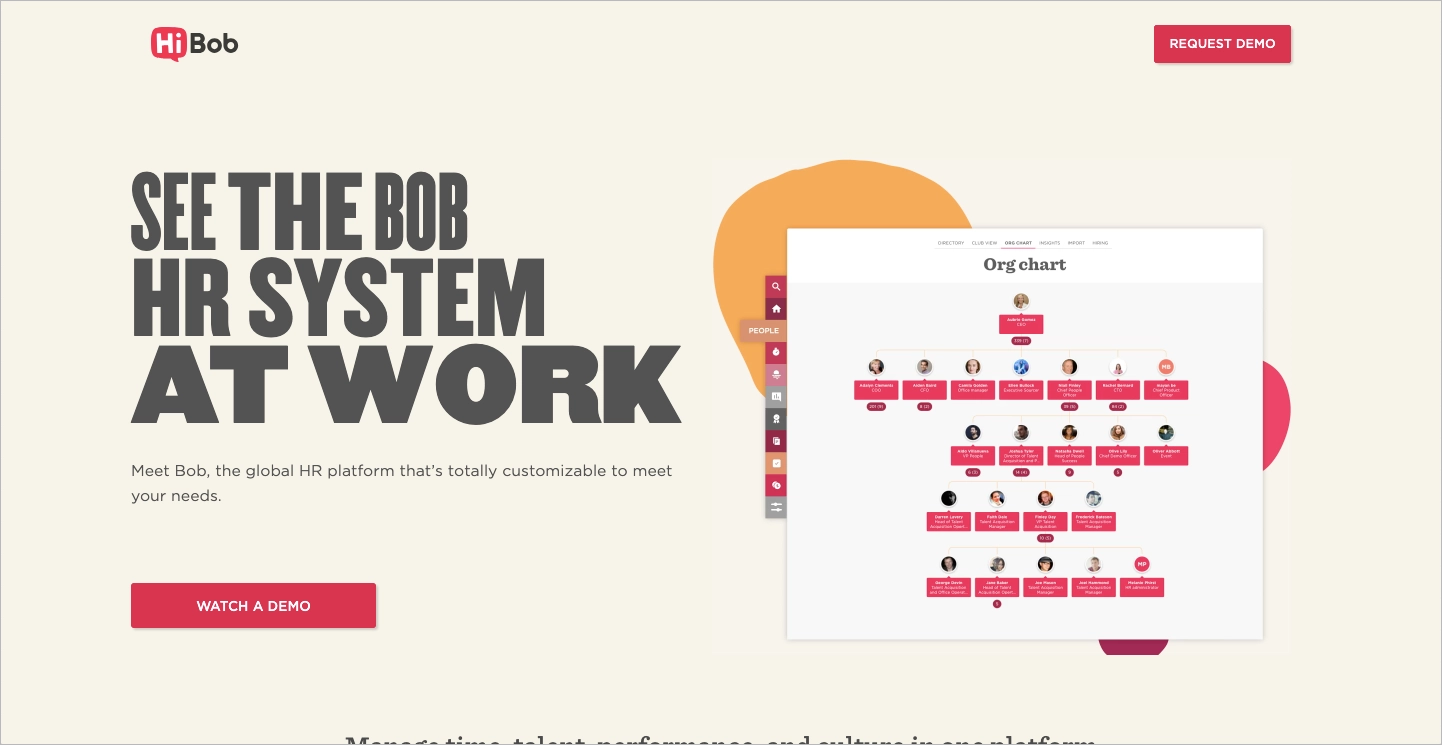
When you apply these best practices to your PPC landing pages, you make the entire journey (from ad click to conversion) feel smooth and relevant. People land on your page, find exactly what they expected, and know what to do next. That’s how you turn clicks into real results.
You’ll likely see stronger performance across the board: better Quality Scores, higher click-through and conversion rates, and more return on every dollar you spend. It’s not about guesswork – it’s about building pages that work the way people expect them to.
Try EventTracker and track your PPC pages’ performance to optimize them for better results!
How PPC Landing Page Best Practices Help Lower CPC and Increase ROAS?
PPC landing page best practices help lower your cost per click (CPC) and increase return on ad spend (ROAS) by improving Quality Score. When your landing page is relevant, fast, and aligned with your ad copy, Google and other ad platforms reward you with better ad placements at a lower cost.
This happens because Quality Score is based on factors like ad relevance, landing page experience, and expected click-through rate. If your page delivers a smooth experience and keeps the promise made in the ad, your score goes up. And when that score improves, your CPC goes down, even if your bids stay the same.
With clear messaging, fast load times, and focused calls to action, your landing pages don’t just convert better – they make your ads more cost-efficient. So by applying best practices, you’re not just helping your visitors, you’re helping your budget, too.
Turn more clicks into conversions—fine-tune your landing pages for higher performance and better ROI.
What Are The Best Practices For Structuring PPC Landing Pages?
The best practices for structuring PPC landing pages include creating a clear, compelling headline that matches your ad copy, maintaining a logical flow of information, and focusing on key elements such as visual hierarchy, whitespace, and the F-pattern layout. Additionally, it’s essential to use trust elements, ensure mobile responsiveness, minimize navigation, and include multiple clear and prominent CTAs to guide visitors towards conversion.
Here are 12 best practices for structuring PPC landing pages:
#1 Clear, compelling headline: Place a prominent headline at the top that matches your ad copy and clearly communicates your value proposition. Remember, compelling headlines capture attention, drawing visitors into the depth of what you offer right from the get-go.
#2 Logical flow of information: Structure your content in a logical sequence that guides visitors towards conversion:
- Problem statement
- Your solution
- Benefits
- Social proof
- Call-to-action
Ensuring a seamless narrative flow helps maintain visitor engagement and leads them naturally towards your conversion goals.
#3 Use of whitespace: Whitespace isn’t just empty space; it’s a powerful design element that improves readability and focuses attention on key elements, including those high-quality visuals that enhance engagement.
#4 F-pattern layout: Arrange important elements along the natural F-shaped reading pattern of web users:
- Important info across the top
- Key points down the left side
- Calls-to-action at points where the eye naturally pauses
This layout capitalizes on how visitors typically scan content, making your page more user-friendly.
#5 Above-the-fold focus: Critical information and at least one call-to-action should be visible without scrolling. This ensures that the first thing visitors see includes engaging content and a clear pathway to conversion.
#6 Consistent branding: Keep colors, fonts, and styling consistent with your ad and brand identity. This consistency helps build trust and recognition, essential components for credibility online.
#7 Visual hierarchy: Use elements like size, color, and positioning to guide visitors’ eyes to the most important parts of your page first. The right visual hierarchy can significantly enhance the overall user experience and engagement.
#8 Scannable content: Content should be broken into short paragraphs, with bullet points and subheadings used to make information easy to digest. This approach caters to the modern user’s preference for quick information absorption.
#9 Trust elements: Integrate testimonials, security badges, and guarantees throughout the page, especially near CTAs. These trust signals build credibility, reassuring visitors of the safety and reliability of your offer.
#10 Mobile-responsive design: With the increasing predominance of mobile browsing, ensuring your page performs seamlessly across devices is critical. Mobile responsiveness increases accessibility and can significantly affect your page’s user satisfaction.
#11 Minimal navigation: Limit navigation options to keep visitors focused on the conversion pathway. This simplification helps reduce distractions and can increase the likelihood of achieving your desired conversion action.
#12 Clear and prominent CTAs: Multiple, visually distinct call-to-action buttons should be included throughout the page. Each CTA should be designed to stand out, guiding visitors clearly on what steps to take next. Importantly, conversion-optimized forms adjacent to these CTAs can significantly boost lead generation, leveraging the engagement and trust you’ve built to convert visits into tangible outcomes.
Create, test, and optimize your PPC landing pages to turn ad clicks into conversions effectively!
Apply Best Practices to Build High-Performing PPC Landing Pages That Convert
Using proven PPC landing page strategies is key to getting more out of your ad budget and driving real results. When your landing page content matches the message in your ad, you improve your Quality Score and give visitors a smoother experience – one that leads to more clicks turning into conversions.
With Landingi, you can quickly build dedicated landing pages for every ad group. This helps you apply best practices at scale, ensuring each visitor sees a page that speaks to their needs and encourages action.
- Drag-and-drop builder for designing freely without any coding knowledge.
- Page duplication, Smart Sections, and dynamic content replacement to easily match messages to different ad groups.
- Performance tips and best infrastructure to ensure your pages load quickly and efficiently.
Landingi empowers you to implement best practices like displaying a clear value proposition above the fold and setting up robust conversion tracking systems. These features allow you to capture visitor attention immediately and accurately measure your campaign’s success, providing insights for continuous improvement in PPC landing page optimization. Whether you’re a small business or a large enterprise, Landingi’s comprehensive tools enable you to craft effective landing pages that not only attract clicks but also convert them into loyal customers. Key tools include:
- Mobile view editor for creating mobile-friendly pages that look great on any device.
- AI Assistant to help you easily generate content and compelling value propositions.
- EventTracker for setting up robust conversion tracking and gaining deeper insights.
Start leveraging these landing page best practices with Landingi and watch your business grow as you transform clicks into meaningful conversions.





